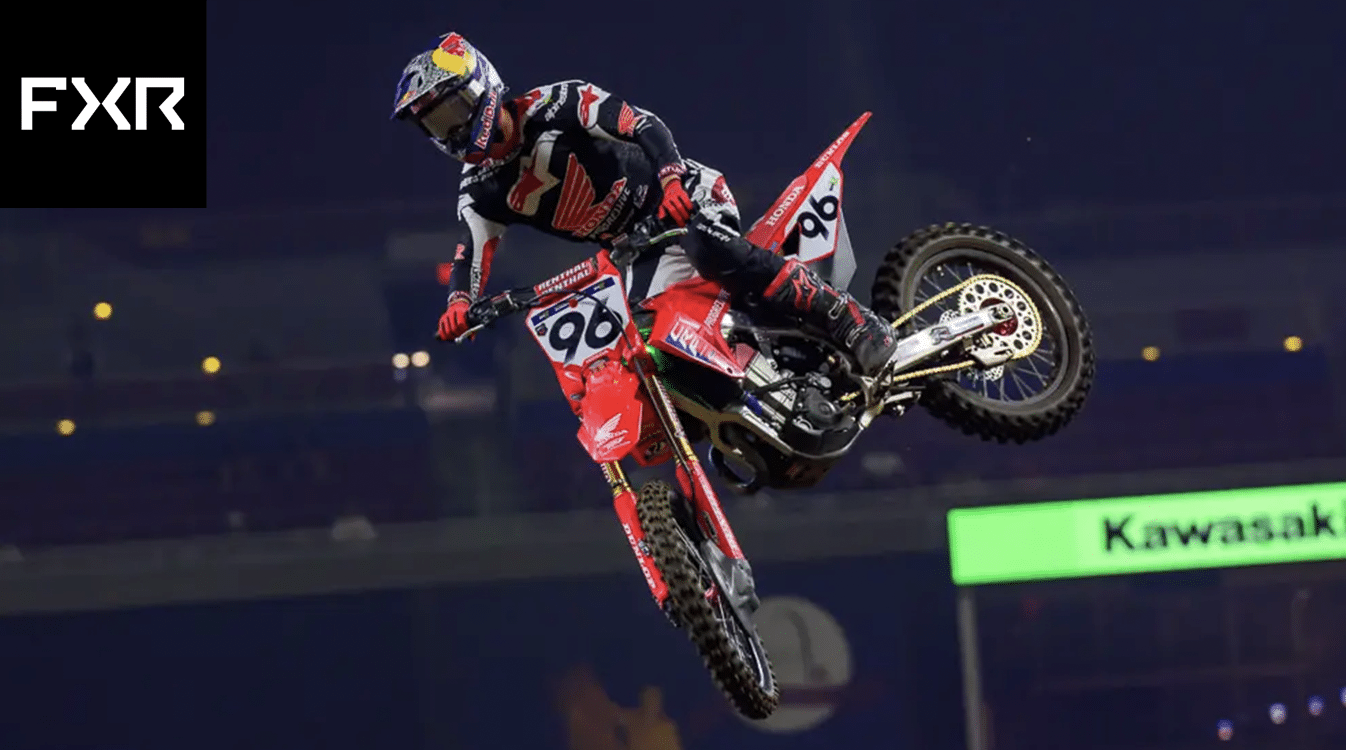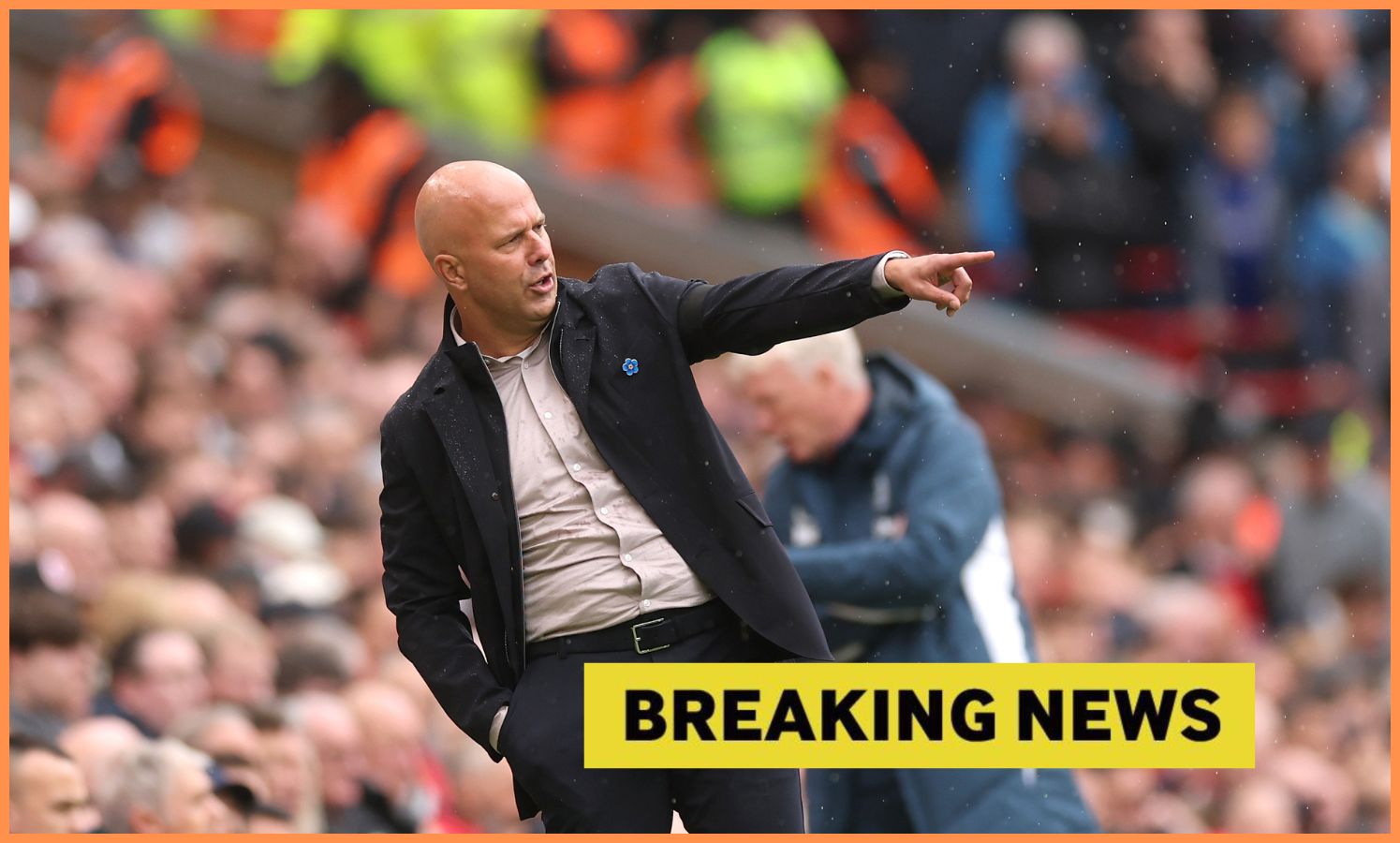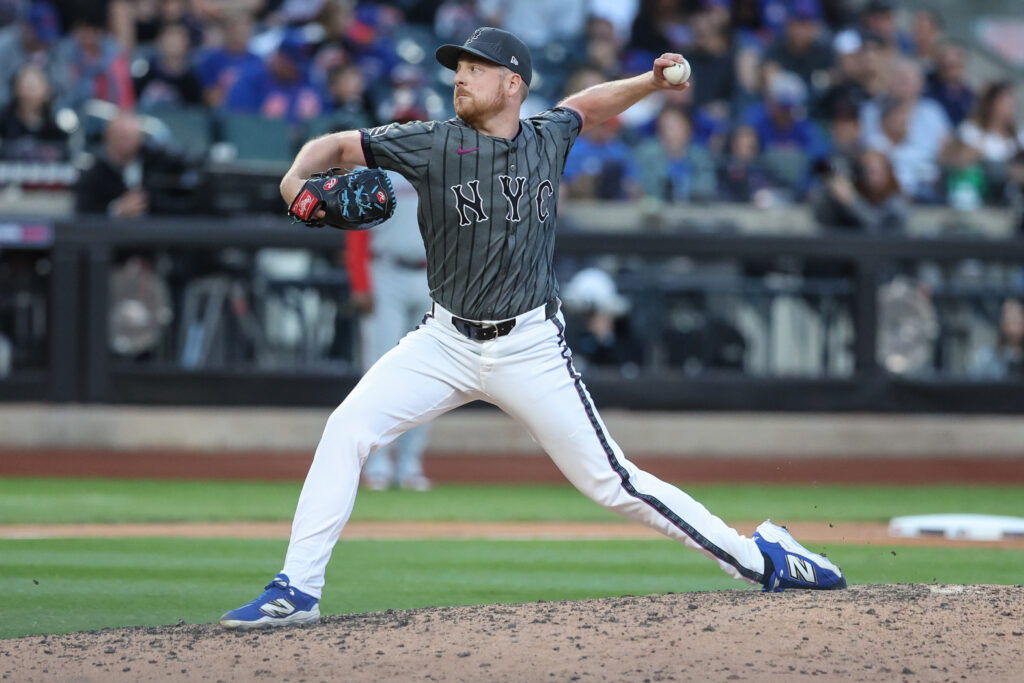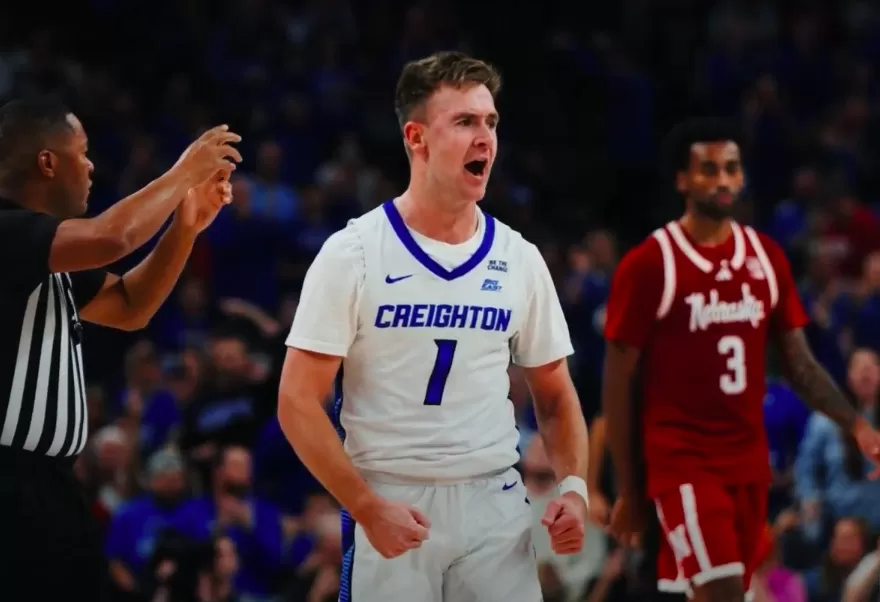PROTECT YOUR DNA WITH QUANTUM TECHNOLOGY
Orgo-Life the new way to the future Advertising by AdpathwayToday’s guest is Sam Portland. Sam is a UK-based athletic performance coach and creator of Speed Gate Golf and the Sports Speed System. After a career in professional sport, he now consults with athletes and teams while mentoring coaches toward healthier and more sustainable careers. Sam has worked with athletes from Premiership Rugby, American football, the Olympics, and beyond, and also runs a grassroots “combine program” designed to fill key gaps in long-term athletic development.
In this episode, Sam unpacks the evolution of modern athlete performance, highlighting the role of rhythm, movement, and overlooked details of transfer from training to sport. From the simple power of a jump rope to the deeper psychological layers of coaching, Sam’s insights spark critical thinking and creative training solutions. This is a conversation packed with practical takeaways, helpful for any coach or athlete.
Today’s episode is brought to you by Hammer Strength.
Use code “justfly20” for 20% off of LILA Exogen Wearable resistance gear at www.lilateam.com

Podcast: Play in new window | Download (Duration: 58:44 — 53.8MB) | Embed
Subscribe: Apple Podcasts | Spotify | Amazon Music | Android | Pandora | iHeartRadio | JioSaavn | Podchaser | Email | Deezer | Anghami | Youtube Music | RSS
View more podcast episodes at the podcast homepage. (https://www.just-fly-sports.com/podcast-home/)
Timestamps
0:41 – Jump rope, rhythm, and movement foundations.
8:17 – Start with sport specificity: enroll in the sport first.
16:07 – Reject the bloat — prefer simple, efficient training.
23:13 – Simplicity wins: fewer, better training “flavors.”
26:58 – Depth over width in warm-ups — give athletes time to groove.
31:09 – End positions are consequences — focus on what happens between them.
33:31 – Beware shiny systems — find what actually transfers to sport.
38:34 – Make training game-relevant: play, don’t just test.
40:37 – Play-first approach: teach skill through sport-like practice.
45:35 – Threat removal and the neurology of speed.
54:32 – Warm-up blueprint and the Sports Speed System (book).
Actionable Takeaways
0:41 – Jump rope, rhythm, and movement foundations.
Jump rope builds rhythm, timing, elastic return and pickup skills.
- Use short doses (2 min) of single- or double-under work in warmups to train rhythm and contact quality.
- Rotate rope patterns (straight jumps → crossovers → single-leg) to challenge locomotor timing without heavy impact.
- Try a heavy rope for conditioning to overload the same rhythmical pattern when you want a sterner stimulus.
8:17 – Start with sport specificity: enroll in the sport first.
Training should be anchored to the sport. Work backwards from true sport demands.
- Make the first “module” of preparation aligned with sport context: practice the core movement options athletes need, not just gym metrics.
- Use position–pattern–power as a checklist: Can they get into the position? Coordinate the pattern? Produce the power? If not, target the missing element.
- Reserve heavy gym numbers as supporting signals. Measure transfer back to sport rather than assuming gym gains equal game gains.
16:07 – Reject the bloat; prefer simple, efficient training.
The profession has become bloated with drills that don’t transfer. Simpler, consistent inputs win.
- Audit your program: drop drills that don’t clearly influence the game.
- Prioritize a short list of high-value stimuli (e.g., sprinting, loaded jumps, sport-specific repeats) and be ruthless about sequencing.
- If two options exist, choose the simpler one. It’s easier to teach, scale, and intensify.
23:13 – Simplicity wins: fewer, better training “flavors.”
Like a chef simplifying a dish, training should focus on fewer, high-quality elements.
- Reduce variety for the sake of variety; instead, deepen exposure to the chosen stimuli so athletes get real practice.
- Use small, repeatable warm-up components (e.g., 3–5 minute arm swings, rhythmic calf bounces) to let athletes discover connections.
- Keep a core “tick-box” routine players do every session. Consistency creates long-term adaptation.
26:58 – Depth over width in warm-ups; give athletes time to groove.
Longer, focused warm-up sections let athletes find subtle connections; ten quick reps do not.
- Replace short sets of isolated drills with longer exploration windows (e.g., 3–5 minutes of arm swings or gentle rhythm work).
- Prioritize no-props, verbally cued variability early (keep cones off the ground; use auditory lines) to preserve perceptual skill.
- Observe how warm-up changes transfer to the first sport reps. If it doesn’t help, change the warm-up, don’t double down on it.
31:09 – End positions are consequences — focus on what happens between them.
Positions (hip block, figure-four) are outcomes of sequencing; training the pathway is more useful than repeating end poses.
- Teach the movement that leads to the position (tempo, loading, transfer of inertia), not just the pose.
- Use short, task-driven patterns that emphasize the approach (e.g., initial three steps, penultimate adjustments) rather than frozen postures.
- Recover coaching time by dropping positional parroting that doesn’t affect on-field mechanics.
33:31 – Beware shiny systems. Find what actually transfers to sport.
Marketing and flashy protocols sell; transfer to competition is the test.
- Question novelty: if it looks cool but doesn’t change on-field behaviour, it’s likely low-value.
- Ask “What does this deliver in the game?” before programming a new method.
- Favor reproducible, evidence-informed drills: if an intervention reliably improves execution under pressure, keep it.
38:34 – Make training game-relevant: play, don’t just test.
Players often perform far better in meaningful game contexts than in sterile tests.
- Build short play-based warmups that replicate key decision demands (2v2, 3v2, tactical reads) rather than isolated shuttle tests.
- Use game-like pressure to provoke the movement you want to train; the context unlocks expression.
- Use tests as indicators, not verdicts; prioritize on-field expression when making programming decisions.
40:37 – Play-first approach: teach skill through sport-like practice.
Teach attackers and supporters discrete roles and let them practice those interactions under constraints.
- Drill 2v2/3v2 scenarios focusing on attacker actions and supporter reactions; simple tweaks yield high execution rates.
- Layer small tactical rules into play to amplify perceptual learning (e.g., forced weight-shift patterns, visual scanning constraints).
- Keep repetitions meaningful and immediately connected to match situations.
45:35 – Threat removal and the neurology of speed.
Removing perceived threat lets athletes move faster and freer. Psychological context changes neuromotor output.
- Design early acceleration work that reduces threat (clear space, predictable tasks) so athletes can express speed without guarding.
- Use progressive exposure: start with low-threat reps, then add realistic pressure as competence rises.
- Measure on-field speed (GPS splits, key game events) rather than relying solely on lab numbers.
54:32 – Warm-up blueprint and the Sports Speed System (book).
Build a consistent warm-up “tick box” that primes hips, rotation, rhythm, then stack drills into play.
- Core warm-up: hips + rotation daily; ankle rhythm work; then drill-stacking to combine segment → position → pattern → movement before playing.
- Use verbal/auditory lines rather than cones early to preserve perceptual demands; keep the warm-up sport-facing.
- For more detail, Sam’s field guide unpacks progressions and context (he notes the book was written as a field guide accessible to a 14-year-old and a 20-year coach).
Quotes from Sam Portland
“It’s elastic driven… it requires lots of coordination, lots of timing. You have to be able to sit in this pocket of rhythm.”
“I actually just ordered a heavy rope as well for conditioning… let’s put it on steroids.”
“What first module… needs to be enrolled in a sport? Because that’s how you’re going to be actually working backwards from the principle of specificity.”
“Our profession is incredibly bloated in terms of… how much ownership of adaptation can we keep hold of and attribute to our job without them just playing sport.”
“Now her best dish has three—that’s where we need to be heading.”
“We’re going to play in sport, Joel. That’s what we’re going to do.”
“When you can get that speed not afraid, guess what—you’ve got space for sport.”
“Secret is consistency. Don’t change on that at all because that is your tick box.”
“Residuals don’t matter for team sports.”
“The book was written as a field guide…if a 14-year-old picked it up could I make myself better? Yes. If a 20-year coach picked it up could they improve with nuance? Yes.”
About Sam Portland
Sam Portland is an athletic performance coach from the UK, the creator of speed gate golf and the Sports Speed System. Following a lengthy career in professional sport, he now consults with athletes/teams and helps guide coaches to happier, healthier, and more financially fulfilling careers.
Sam has worked with premiership rugby, American football, Olympic athletes, and international competitors across a plethora of sports, including hockey, bobsleigh, and track and field. Aside from this, Sam keeps in touch with the grassroots aspects of athlete preparation by hosting his ‘combine program’. This program is a long-term athletic development program that fills the essential gaps in physical literacy that are not fulfilled at school or by club sports.
Free Speed Training eBook - Velocity 101

Improving speed is one of the most popular topics in the athletic performance equation. Where there are many ideas and thoughts out there, as to particular training exercises, or setups, the more core aspects of speed training often go without mention. These include the fundamental aspects of what makes an athlete fast, specific sprint-power concepts, the relevance of "3D" motion, motor learning and more.
Velocity 101 will help you take a leap forward in understanding of what makes athletes fast, and how to train it effectively
Invalid email address
We will never sell your information and you can unsubscribe at any time.


 2 weeks ago
6
2 weeks ago
6















 English (US) ·
English (US) ·  French (CA) ·
French (CA) ·